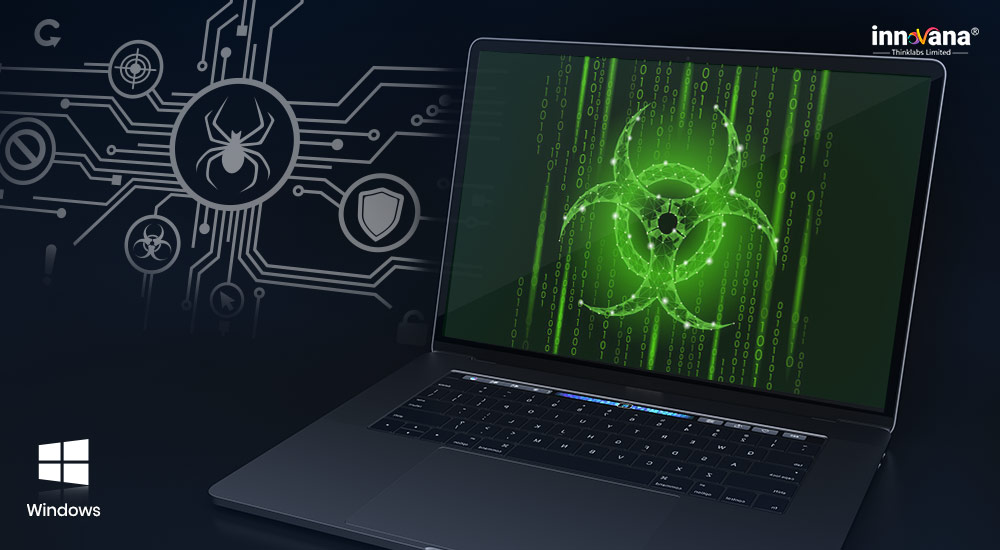
Red is a warning that something needs your immediate attention. Yellow means there is a safety recommendation for you. Green means there aren’t any recommended actions right now. Open Windows Security settings Status icons indicate your level of safety: To customize how your device is protected with these Windows Security features select Start > Settings > Update & Security > Windows Security or select the button below. You'll have exploit protection and you can customize protection settings for your devices.ĭevice security - Review built-in security options to help protect your device from attacks by malicious software.ĭevice performance & health - View status info about your device’s performance health, and keep your device clean and up to date with the latest version of Windows.įamily options - Keep track of your kids’ online activity and the devices in your household. (Some of these options are unavailable if you're running Windows 10 in S mode.)Īccount protection - Access sign-in options and account settings, including Windows Hello and dynamic lock.įirewall & network protection - Manage firewall settings and monitor what’s happening with your networks and internet connections.Īpp & browser control - Update settings for Microsoft Defender SmartScreen to help protect your device against potentially dangerous apps, files, sites, and downloads. Virus & threat protection - Monitor threats to your device, run scans, and get updates to help detect the latest threats. Windows Security is your home to manage the tools that protect your device and your data: Understand and customize Windows Security features To change your user account to an admin account, see Create a local user or administrator account in Windows.

If you're having problems receiving Windows Security updates, see Fix Windows Update errors and the Windows Update FAQ.įor info on how to uninstall an app, see Repair or remove an app in Windows.

If you uninstall the other app, Microsoft Defender Antivirus will turn back on automatically. If you have another antivirus app installed and turned on, Microsoft Defender Antivirus will turn off automatically.


(In early versions of Windows 10, Windows Security is called Windows Defender Security Center). Windows Security is built-in to Windows and includes an antivirus program called Microsoft Defender Antivirus. For more info, see Windows 10 or 11 in S mode FAQ. But don't worry-the built-in security of this mode automatically prevents viruses and other threats from running on your device, and you'll receive security updates automatically. Because this mode is streamlined for tighter security, the Virus & threat protection area has fewer options. Some features will be a little different if you're running Windows 10 or 11 in S mode.


 0 kommentar(er)
0 kommentar(er)
